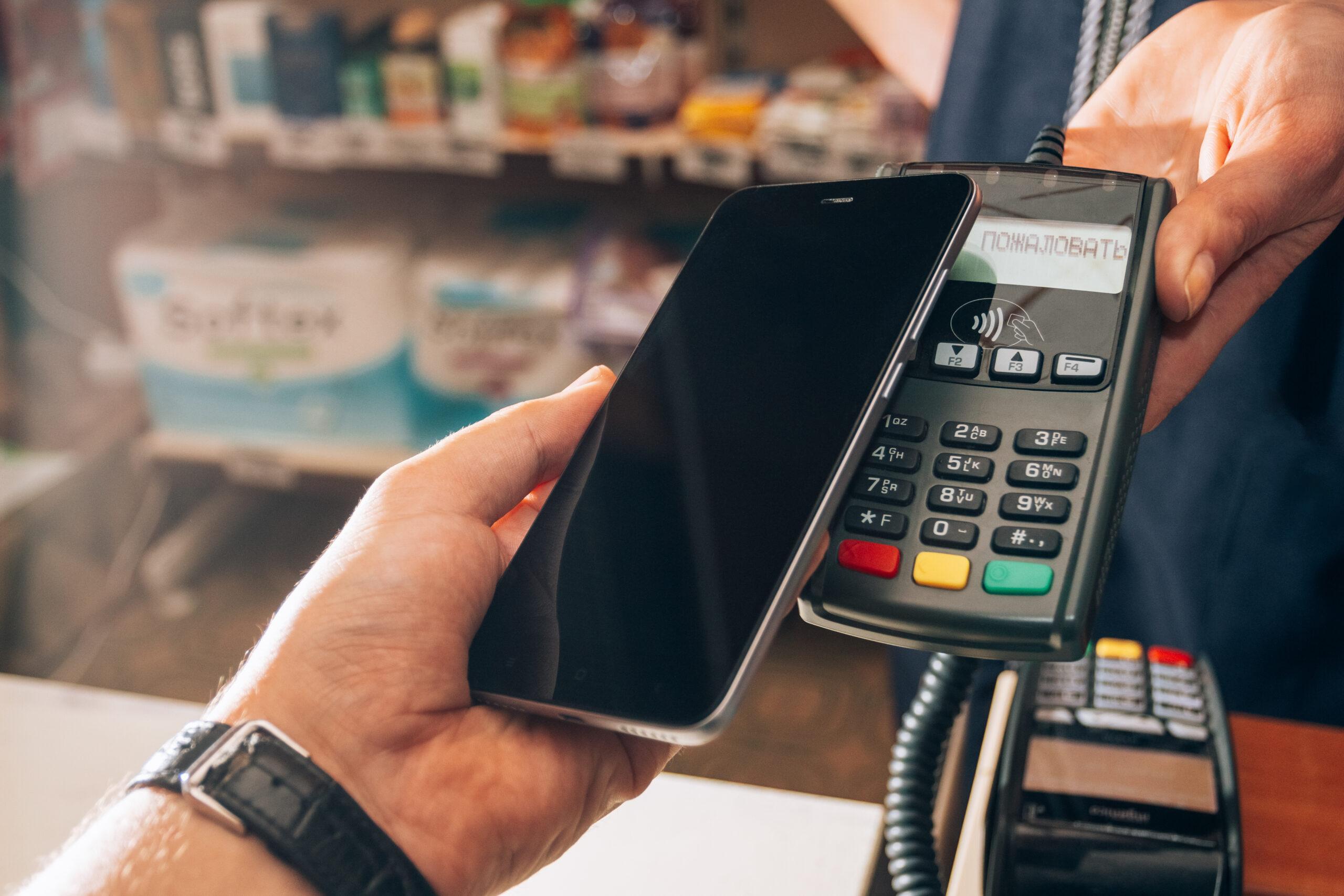MENU
Starting a Business
- Best Small Business Loans
- Best Business Internet Service
- Best Online Payroll Service
- Best Business Phone Systems
Our Top Picks
- OnPay Payroll Review
- ADP Payroll Review
- Ooma Office Review
- RingCentral Review
Our In-Depth Reviews
Finance
- Best Accounting Software
- Best Merchant Services Providers
- Best Credit Card Processors
- Best Mobile Credit Card Processors
Our Top Picks
- Clover Review
- Merchant One Review
- QuickBooks Online Review
- Xero Accounting Review
Our In-Depth Reviews
- Accounting
- Finances
- Financial Solutions
- Funding
Explore More
Human Resources
- Best Human Resources Outsourcing Services
- Best Time and Attendance Software
- Best PEO Services
- Best Business Employee Retirement Plans
Our Top Picks
- Bambee Review
- Rippling HR Software Review
- TriNet Review
- Gusto Payroll Review
Our In-Depth Reviews
- Employees
- HR Solutions
- Hiring
- Managing
Explore More
Marketing and Sales
- Best Text Message Marketing Services
- Best CRM Software
- Best Email Marketing Services
- Best Website Builders
Our Top Picks
- Textedly Review
- Salesforce Review
- EZ Texting Review
- Textline Review
Our In-Depth Reviews
Technology
- Best GPS Fleet Management Software
- Best POS Systems
- Best Employee Monitoring Software
- Best Document Management Software
Our Top Picks
- Verizon Connect Fleet GPS Review
- Zoom Review
- Samsara Review
- Zoho CRM Review
Our In-Depth Reviews
Business Basics
- 4 Simple Steps to Valuing Your Small Business
- How to Write a Business Growth Plan
- 12 Business Skills You Need to Master
- How to Start a One-Person Business
Our Top Picks
Table of Contents
One of the best ways to drum up new business or sales is to reengage past clients. Former customers who haven’t done business with you for a while are an excellent source of leads and sales.
Getting sales from people who already know, like, and trust your business is easier and less expensive than finding new customers. Reengaging past clients also helps boost your customer retention rate, which can lead to higher profits and more long-term success.
We’ll highlight four tips for reengaging past customers and explain how former customer reengagement can save your business money.
Editor’s Note: Looking for email marketing software? We can help you choose the one that’s right for you. Use the questionnaire below to have our sister site, BuyerZone, provide you with information from a variety of vendors for free:
4 tips for reengaging past customers
Every customer is unique. However, specific market segments tend to exhibit similar behaviors and respond to the same things. For this reason, you’ll discover commonalities among previously loyal customers as you begin your reengagement strategy.
Here are four ways to reengage past customers via email marketing.
1. Identify former customers to reengage.
Your first step is to identify which past customers are candidates for reengagement. Not every former client is worth pursuing just because they did business with you in the past.
Generally speaking, look for promising customers who still exhibit signs of interest in your brand. For example, check your email open rate data to identify former customers who have opened your emails multiple times over the past six months.
You’ll also have better results targeting customers in your target audience who made multiple purchases in the past versus those who’ve only been involved in a single transaction or deal.
Offer your promising past customers promo codes and discount coupons to incentivize new purchases.
2. Reach out to former clients on special occasions.
You don’t want to overdo communication with past clients or make them feel like you’re invading their privacy by contacting them too much. However, stay on the lookout for good excuses to put your brand in front of them.
Try reaching out on special occasions such as holidays, big industry events, anniversaries and seasonal events. Email marketing software will make it easy to customize email templates with your logo, special offers for returning customers and personalized details.
Tap your CRM software to learn what products your former client purchased in the past. Then, send upselling or cross-selling offers based on similar or complementary products they’ll likely be interested in.
3. Start an email drip campaign to reengage past customers.
If you want a good chance of reengaging past customers, you must stay on their minds. The more familiar they are with you, the more likely they are to think of you when they experience a need or want.
A straightforward email drip campaign is one of the best techniques for customer reengagement. A drip campaign is a series of emails you send over a specific period to slowly build trust and move the recipient to action.
Email marketing software lets you send strategically timed emails to past clients to keep you on their minds. While every business differs, sending one or two monthly emails is a good starting point. You can increase this number after studying email analytics and identifying trends in email open rates, read rates and click-through rates.
Email marketing has one of the highest digital marketing ROI rates of any marketing method. Check out our reviews of the best email marketing services to find a solution that will help you implement robust email marketing practices.
4. Give former customers a reason to return.
Giving customers a reason to return is crucial. The onus is on you — not the customer — to provide incentives and value. You can incentivize customers to return and earn repeat business in the following ways:
- Offer discounts.
- Present new products and services similar to their past purchases.
- Provide free shipping.
- Invite them to an event.
Examine your data and take some time to craft a reengagement strategy that will appeal to your dormant customers.
The cost savings of reengaging
Hanging on to existing customers is always less expensive than chasing new ones. The most commonly cited statistic says acquiring new customers is six to seven times more expensive than keeping an existing one. Additionally, returning customers spend more than new customers.
This makes sense when you consider the following:
- Repeat customers can find you. Repeat customers have already purchased from you in the past, which means they know how to find you and are aware of what you sell.
- You can reach past customers. You already have these customers’ information, which makes it easier for you to reach them with targeted marketing and advertising.
- Customers prefer familiar brands. The average customer is more comfortable purchasing from a company or brand they’re familiar with than a new one.
However, the previous statistic may actually be on the conservative side. According to research from Bain & Company, a 5 percent increase in customer retention can result in more than a 25 percent increase in profit.
That’s because as customers continue buying from you, your operating costs decline. And loyal customers are more likely to refer your business to other people, which saves you money on marketing.
Find out why customers stopped buying from you
Taking time to understand why customers left your business in the first place — called your churn rate — is crucial. A churn rate refers to the percentage of customers who no longer engage with a business within a specified period. Most churn rates are measured in years, quarters or even months.
The formula for determining your churn rate is simple. Based on the period you’re measuring, take the number of customers who stopped engaging with your business and divide it by the total number of customers you had in the beginning.
Once you understand this number, work on ways to actively reduce the churn rate, drive repeat business, and significantly increase your profitability. For example, you can gather survey data from former customers via email or text about why they stopped buying from you.
Some reasons customers may have left include the following:
- Poor customer service. Customer service pitfalls can derail a brand. If former clients reveal they experienced poor customer service, take steps to address and mitigate the issue.
- Product issues. If they cite product quality problems, look into your product creation process.
- Pricing issues. Did your customers find a better price elsewhere? Examine your product or service pricing and compare your offering to the competition. Do you offer excellent value for the price?
When you understand why some customers left in the first place, you can take steps to prevent current and future customers from leaving.













